What is autism?
Autism is a developmental disorder of neurological origin for which the exact causes are currently unknown, is not curable and the prevalence in Catalonia is 1 in 50 boys and 1 in 200 girls in the last study in Catalonia: “Temporal and Geographical Variability of Prevalence and Incidence of Autism Spectrum Disorder Diagnoses in Children in Catalonia” (Perez-Crespo, et al. 2019).
People with autism have difficulties, to a greater or lesser extent, in:
1) communication and social interaction,
2) repetitive behaviour patterns, rigidity of thought and altered sensory processing.
More information on symptomatology can be found in the latest version of the Diagnostic Manual of Mental Disorders, DSM 5 (APA, 2013).
We talk about autism spectrum disorder because within this diagnosis we find a great heterogeneity of people (Fóthi et al., 2020; Mottron and Bzdok, 2020) with different support needs. In the DSM 5, a classification is made according to the intensity of the support that the person may need, with three levels of support:
Grade 1: needs help
Grade 2: needs notable help
Grade 3: needs a lot of help
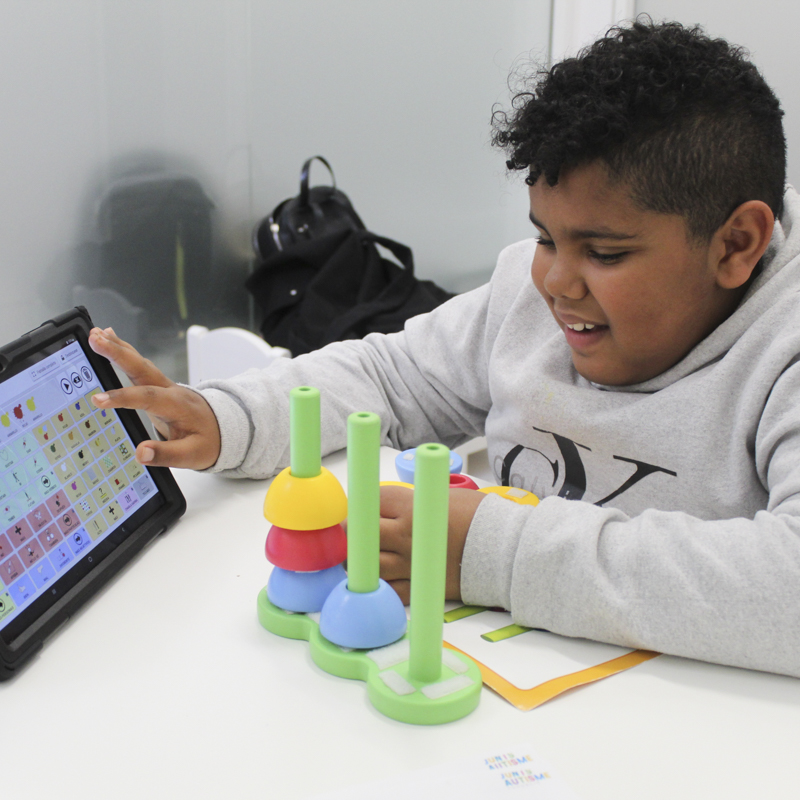

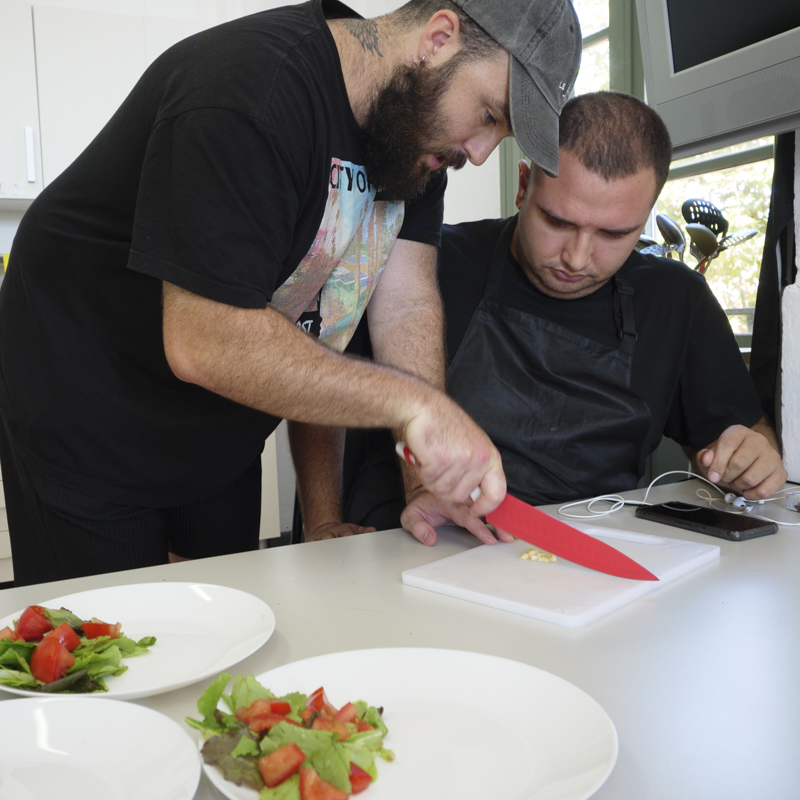
It is a particularly vulnerable population because:
- Between 50% and 70% of people with autism have an associated intellectual disability (Charman et al 2011).
- 40% of people with autism are non-verbal and therefore benefit from different communication codes and need to learn different ways of communicating (e.g. using visual aids such as pictograms).
- Nearly 28% of 8-year-olds with ASD engage in self-injurious behaviour
- Almost two thirds of children with autism aged 6 to 15 have been bullied at school.
- Anxiety disorders affect around 11-40% of children and young people.
- Depression affects 7% of children and 26% of adults with autism.
- One third of people with autism have epilepsy.
- Most people on the autistic spectrum have other comorbidities or conditions, such as ADHD or attention deficit hyperactivity disorder (38.5%; Rong et al. 2021) or schizophrenia (between 4 and 35% of adults, compared with 1.1% in the general population).
- The health problems associated with autism extend throughout life, from infancy to adulthood, although autism has a strong polygenic component, with heritability ranging from 50 to 80% (Gaugler et al., 2014; Sandin et al., 2017), no biological marker has yet been identified (for a review, see Goldani et al., 2014) and the causes of this condition remain unclear (for a recent review, see Hodges et al., 2020).
- Recent studies (Hirvikoski et al., 2018) show that people with ASD have a life expectancy 16 years lower than the rest of the population (54 years), and in the case of intellectual disability or disease, this premature death increases to almost 30 years earlier than the population average (39.5 years). One of the reasons for this is that this population does not have the same opportunities for access to medical services. Information, training and awareness of the disorder are essential to change the current reality and to create specialised services to care for these people throughout their lives, but especially during the longest part of life, which is adulthood.
*(Information gathered from various scientific studies and institutions on autism)
From childhood to adolescence
Unfortunately, in many cases the diagnosis is not made until an advanced age, between 3 and 10 years (Fuentes, Hervás and Howlin, 2020), and in girls with autism it is usually even later. Early recognition of the diagnosis is necessary to provide families with the necessary support, education and intervention.
At a general level, families perceive the educational phase as a continuous effort: to receive the necessary support in the classroom, to seek appropriate intervention, to include their child in extracurricular activities, etc.
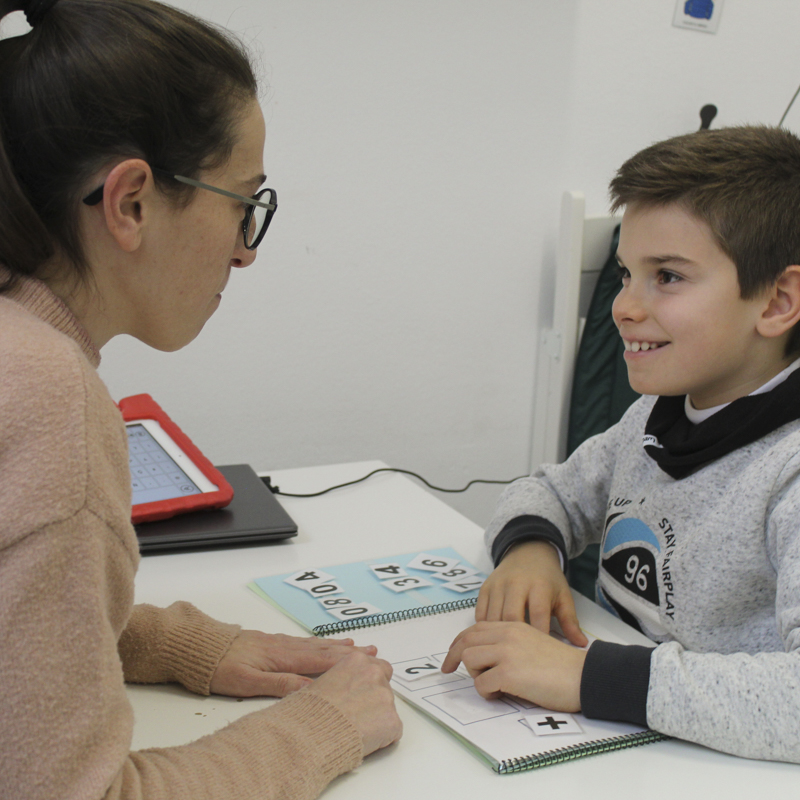
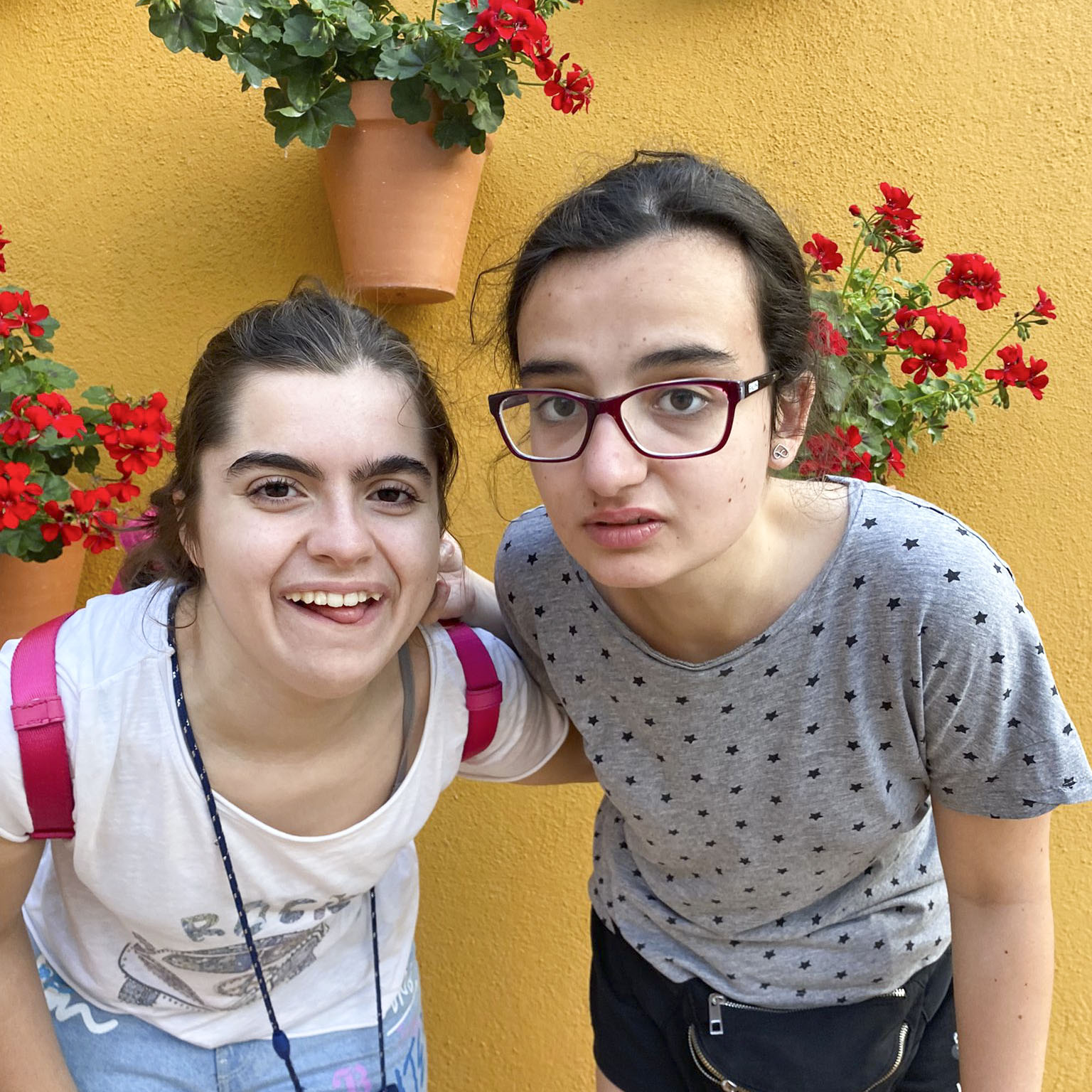

Furthermore, it is a stage in which almost half of children and adolescents with ASD are vulnerable to bullying (Hernández, 2017). In addition, adolescence is a stage of discovery, where the importance of social interactions increases, the first intimate and sexual relationships appear, etc. These are realities that can be more or less difficult for people with ASD. There are also decisions to be made for the near future, and this involves adapting to change, choosing what you want to do in the future, taking into account the possible options. This is often a family decision, and anxiety about the future increases in adulthood.
It is therefore necessary to provide adequate socio-emotional support at this stage, as well as the necessary support throughout the life cycle, in order to achieve an optimal quality of life.
Autism in adulthood
Currently, the only option for many people with ASD and high support needs in adulthood is institutionalisation. The problem is not local, it is global. And it is important to remember that prevalence is increasing.
People with ASD may find it difficult to live independently without support due to a lifelong disability. Other autistic people without intellectual disability may have sensory impairments, difficulties in understanding and relating to the environment, and even other mental disorders (depression, anxiety, etc.). This group of people is the least likely to receive specialised care at this stage (Fuentes, Hervás and Howlin, 2020).
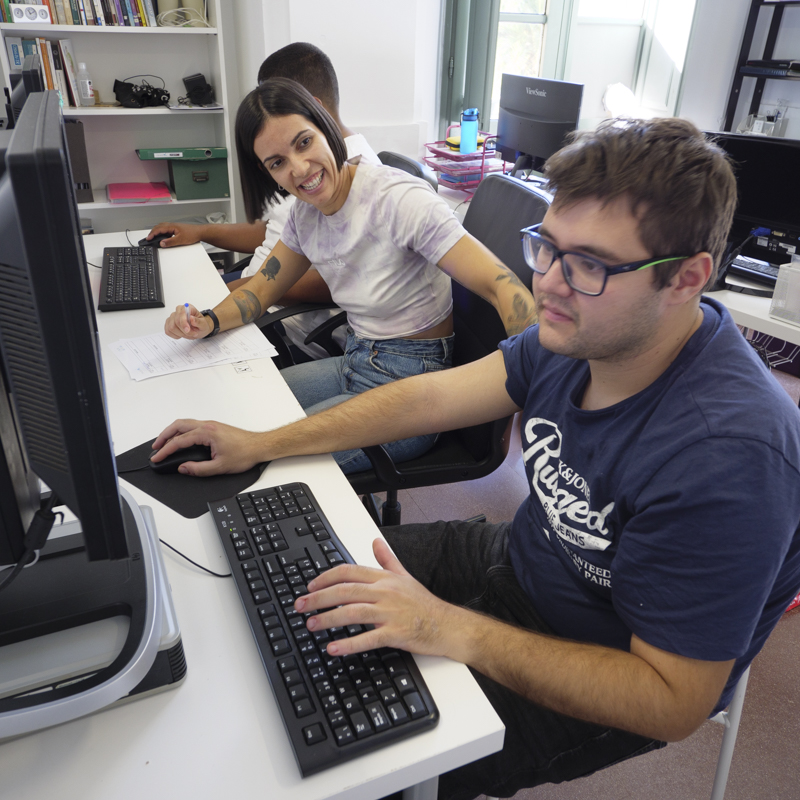
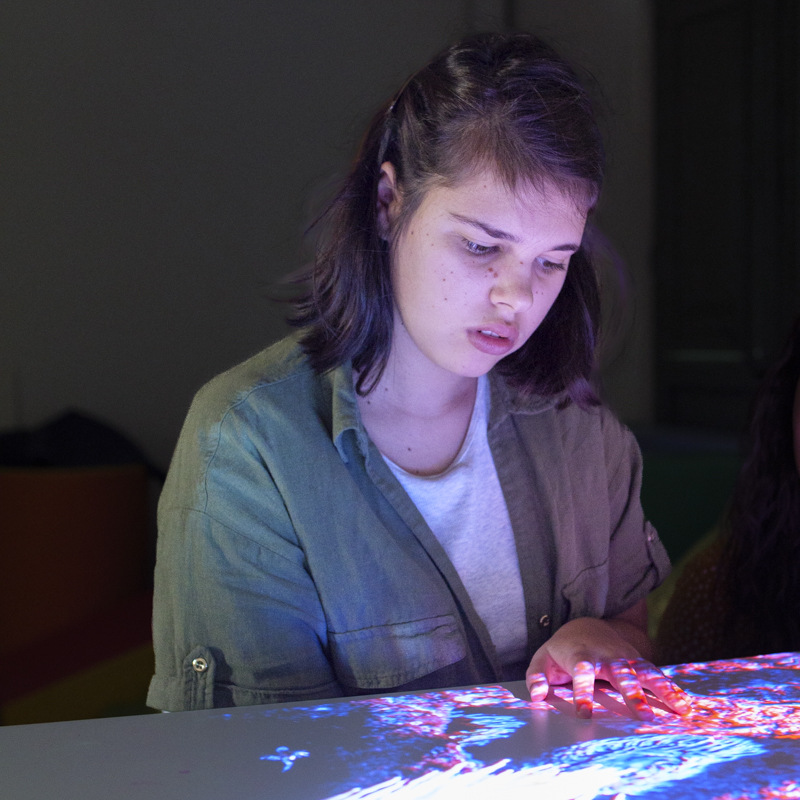
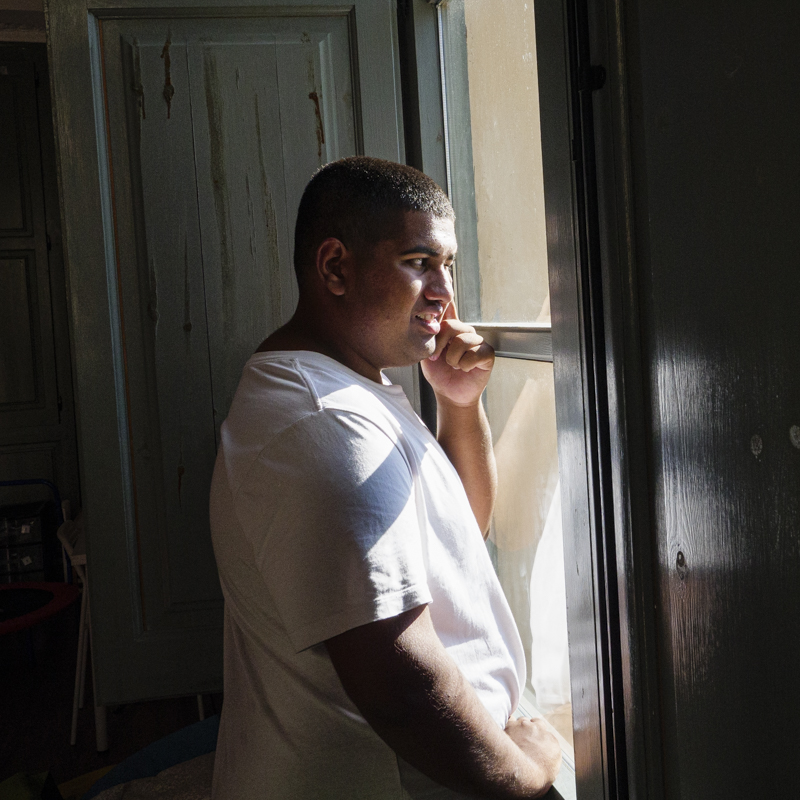
In spite of the difficulties that exist during the diagnosis, the school years and adolescence, adulthood is a period of uncertainty (what to do now?) and there is a great lack of support for the families and the people with autism. It is necessary for all people with ASD to be able to continue their lives, with specialised and personalised support and intervention for each person, enhancing their skills and offering strategies, in parallel with the adaptation of the environment. All this with the ultimate aim of achieving the highest possible quality of life for both the autistic person and their family.
All this implies the need for specialised services and professionals who can respond to the needs of each person from childhood onwards. This will ensure that, as adults, people with autism can live independently in the community and participate in the world of work. As this group is one of the most difficult to integrate into the labour market, the acquisition of pre-employment skills will improve employment rates and reduce the risk of social exclusion. In addition, processes for the maintenance of skills need to be established and community spaces need to be created that move away from a life style based on welfare.





